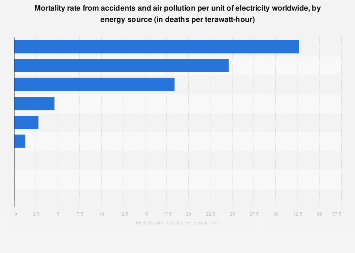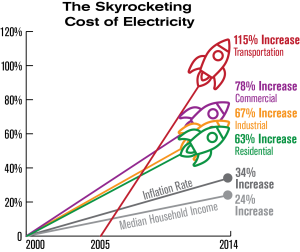A solar cell is a gadget that converts solar energy into electric energy. It produces power from brilliant energy from daylight utilizing the photovoltaic impact. To produce solar power, several solar cells are connected. This configuration of solar cells is known as PV modules or solar boards- best energy plans in Houston .
Following are the three sorts of solar cells.
- Silicon Solar Cell (First era)
- Thin Film Solar Cell (Second era)
- Organic Solar Cell (Third era)
What is Organic Solar Cell?
- consists of a photoactive layer sandwiched between two thin film cathodes where one terminal is cloudy. The hazy anode permits daylight to go into the gadget.
- The photoactive layer is composed of two unique sorts of semiconductors (for example benefactor, and acceptor) which structure hetero-intersection-like p-n intersection of inorganic solar cells.
- Daylight consists of brilliant particles known as photons.
Organic Solar Cell design and working guideline
The working standard of Organic solar cells as displayed in figure-1(b) can be summed up as follows.
- The photons from daylight are consumed into photoactive giver material.
- The above process creates excitons for example firmly bound electron-opening pair.
- The excitons move towards the Benefactor Acceptor interface where they get isolated into charge transporters (for example electrons and openings) at the point of interaction.
- After the partition process, openings advance toward contributor material (for example anode) and electrons push toward acceptor material (for example cathode).
- The collection of charges at relative cathodes results in the age of power because of the steady stream of races into the outside circuit.
How do organic solar cells function?

Organic solar cells follow a similar cycle as both monocrystalline and polycrystalline silicon solar cells. Every one of these types of solar cells produces power through what is known as the photovoltaic impact.
The photovoltaic impact is the immediate conversion of light into power at a nuclear level. The principal phase of this cycle is the light retention by the solar cell as little firecrackers, known as photons.
When the electrons are free, they’re then ready to stream all through the solar cell and make an electrical current through charge transporters. That electric current is then caught and moved all through your home.
For both a silicon cell and an organic solar cell, the photovoltaic cycle is something very similar. The main distinction is the semiconducting material in every one of the solar cells. Where a conventional solar cell utilizes silicon, organic solar cells utilize a carbon-based compound as a semiconductor.
Advantages or benefits of Organic Solar Cell
The following are the advantages or benefits of Organic Solar Cell:
- It is light in weight.
- It is cloudy.
- It is natural cordial.
- Organic Solar cells are multiple times thinner compare to silicon solar cells. Consequently, it results in colossal reserve funds on materials and consecutively they are less expensive.
- It is adaptable because of the purpose of PV modules.
- It offers short energy compensation time.
- It is not difficult to incorporate.
Downsides or disservices of Organic Solar Cell
Following are the downsides or disservices of Organic Solar Cell:
The productivity of organic solar cells is less (around 5%) compare to silicon solar cells (around 15%). They are steady in obscurity yet corrupt in light conditions. In addition as power can not stream effectively in organic solar cells (OSCs), its proficiency is restricted. This is because of unfortunate age as well as extraction of electrical charges in OSC.
Its lifetime is less compared to inorganic solar cells as organic materials corrupt quickly in surrounding openness. Dampness and air alongside daylight further corrupt its presentation over the long run.




